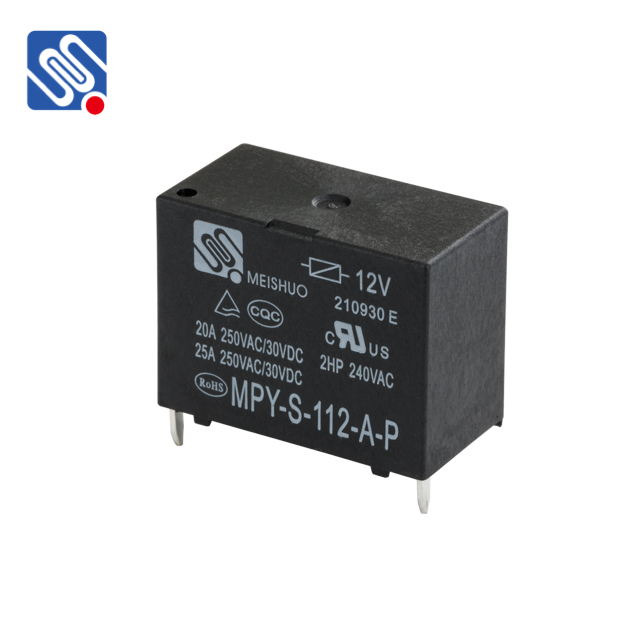understanding relay voltage rating: key considerations for optimal performance
Release time:2025-08-27 07:16:04
Relays are essential components used in various electrical circuits to control the flow of electricity by opening or closing contacts. They are commonly used in automation, control systems, and safety devices. The relay voltage rating is a critical factor when selecting and using relays, as it defines the operating limits for voltage levels that the relay can handle safely. In this article, we will delve into what relay voltage rating means, its importance, and how to ensure you choose the right relay for your application.

What is Relay Voltage Rating?
Relay voltage rating refers to the electrical voltage that a relay can safely handle, both for the coil voltage (which activates the relay) and the contact voltage (which the relay can switch). These ratings are crucial because using a relay with an incorrect voltage rating could lead to improper operation or damage to the relay and the circuit it is controlling.
There are two primary aspects to relay voltage ratings:
Coil Voltage Rating: This refers to the voltage required to activate the relay. The coil is essentially the electromagnet inside the relay that, when energized, pulls the switch to open or close the contacts. The coil voltage must match the operating voltage of the circuit in which the relay is used. For instance, if you're using a 12V DC control circuit, you’ll need a relay with a 12V coil voltage rating. Common coil voltages are 5V, 12V, 24V, 48V, and 110V, but the exact voltage depends on the specifications of the relay.

